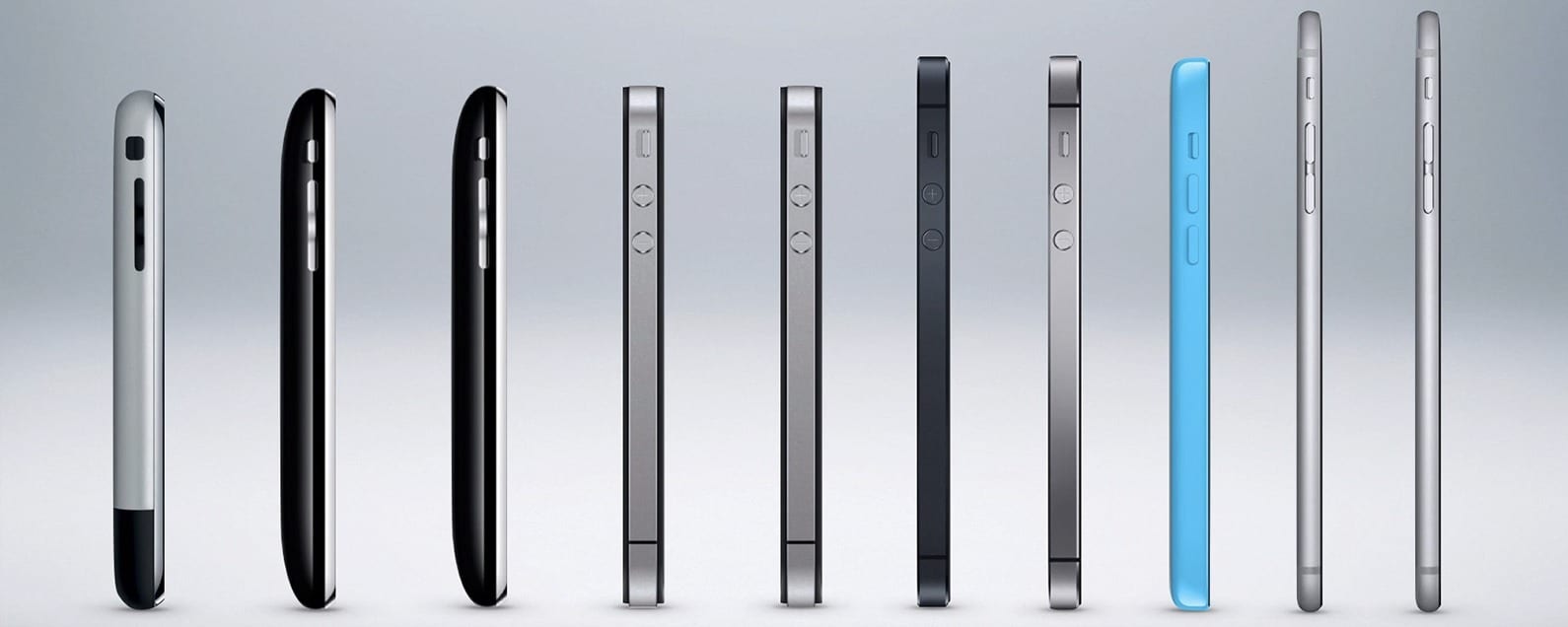-
How to understand and harness psychology within design in 2020.
It doesn’t take much to notice a gradual shift in trend over recent years. Many of the biggest companies and brands are smart enough to stay up to date and sometimes even set the current trend. Whether it be a change as visually simple as implementing dark mode into your artwork and identity, or as powerful as a campaign driven by a global issue, keeping your brand fresh and creative using design psychology is a key part in both retaining and attracting your users.
Introduction to how brands utilize design psychology
–
Psychology within design isn’t noticed by the majority of customers, however when utilized correctly it can be the key factor in modern-day marketing. This article will explain how to successfully transform subjective design into objective design.
To understand how to implement UI and UX based around psychological factors, it’s important to learn mental models and how a person’s subconscious is affected by clever design. Take Apple, for example (with the hypothesis that the majority have owned an apple product). After you’ve spent a day or two getting to grips with your first Apple device, you have a perceived notion on how to use most of their future products. This is due to their great innovation and simple design that is easily understood across all audiences and naturally intuitive. The take-away from this is: no matter the trend or fashion, straightforward and functional design is always the basis to start your work from.
Having this in mind you can begin to implement factors into your design that not only look great visually, but effectively serve the user and provide a smoother experience. When making choices within design, you must think about the practicality and place yourself in the users’ shoes. When interacting with a product, people generally make a decision to buy within the first two seconds, scanning the product for certain features. Using the Apple iPhone as an example again, their features may include:
- Up to date software
- Compatibility with other owned devices
- Portability
- Size based on personal preference
- Accessibility features for those with disabilities
Using the same scenario in website setting, within the first few seconds of loading in the user will instantly begin to roam for features such as:
- An easy navigation system
- Search bar
- Clear and descriptive wording throughout sections
- High-quality imagery
- Correct grammar and use of punctuation
- Testimonials verifying the legitimacy of the site
These may seem like obvious features, but if not handled well and designed with purpose, the customer will quickly lose interest and move on to a competitor. This further proves the importance of psychological design being implemented to assist in retaining users.
More detail and an in-depth analysis of top website features for 2020 can be found here.
How design psychology works
–
An example that explains design psychology in a simple manner is based around button design. When working on a desktop, the user has a full range of flexibility across the screen due to the mouse, allowing buttons of all shapes and sizes in any position on the page to be used. However, when designing on a mobile or tablet you must consider how the button will be interacted with. In order to ease UX, a button that takes up the width of the device can be tapped by both left and right-handed people without the need to stretch or use a second hand. Minor considerations such as these may not seem too important, but in the modern-day in such a competitive field, it is vital to create as smooth an experience as possible to retain as many users as possible.
Above all, no design should ever cloud the message you are trying to convey. Each choice on colour, shape, font and line should ultimately assist in the message you are trying to get across. Simultaneously, designs should be kept fresh and regularly updated to avoid falling behind the trend and becoming uninviting. This must not be confused with simply following what others are doing. It is uniqueness and creativity that powers clicks, bringing us on to the Von Restorff Effect. This is the theory that the ‘odd one out’ is the one that gets remembered. You can use this effect to subconsciously drive the user toward one section of the page that you intend to be targeted, such as sales or a job posting.
There are plenty of decisions within design that can influence a user’s subconscious but above all, the psychology of colour is one of the most influential and powerful tools a designer can use while taking nothing away from the core message. A magnitude of research has amounted over the years to find out which colours people associate with different moods. There are many connections to different colours, but to give an example here are a few of the main associations.
- Blue: calm, trustworthy, caring, secure
Used by; Facebook, LinkedIn, Twitter - Red: energetic, action, dynamic, passionate
Used by; YouTube, CocaCola, Tinder - Green: organic, natural, fresh, growth
Used by; Whole Foods, Spotify, WhatsApp
Find out how we’ve utilized colour theory through design in our portfolio.
In the same vein as colour, many minimal design choices are made and implemented without much recognition from the user. However, this is the result that these decisions are intended for. Successful design shouldn’t be noticeable and psychological factors are what makes the greatest impact on a person’s mindset. It is said that humans calculate first impressions within the initial few seconds of interaction, therefore it is vital that your design is capable of flooding the mind of the user with subtle pieces of carefully crafted information to maximise the potential of your brand.
–
Article written by ClearBrand, June 2020.
To get in contact about working with ClearBrand
please call +44 (0)118 959 9284 or email info@clearbrand.co.uk.


